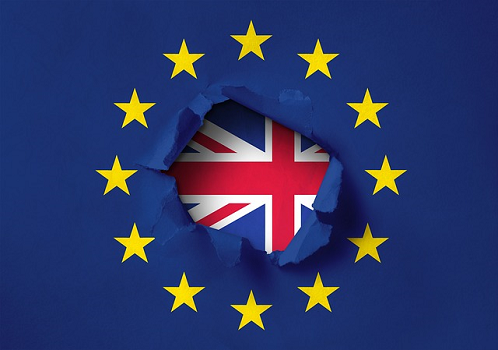Economists will point to their graphs and show that, at the time, GDP per Capita and balance of payments were in decline and pretty soon Europe would leave us in the shade when it came to growth. Unemployment and net borrowing were on the rise and heading for an all time high. Inflation was running at 9% and set to rise to 25% by 1976. The national debt was still falling, but public sector spending was also about to hit an all-time high, far outstripping public sector income including taxes and national insurance contributions. Our core industries; textiles, steel, coal and shipbuilding had been hit hard by foreign imports from Asia and the Eastern Bloc and we were in the middle of an oil crisis. The Trade Unions had become all powerful, bringing whole industries out on strike as often as the canteen kettle boiled. Though Income tax had been dropped from the heady post war heights of 90% + to a more moderate 75%, James Callaghan had introduced Capital Gains Tax to stop taxable income being ferreted away in capital ventures. We had countered a sterling crisis, the threat of trade deficits and potential problems paying our debt to the IMF in 1967 by devaluing the pound and then again in 1976 because it didn’t work first time round.

